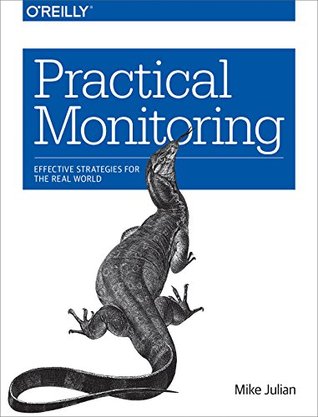More on this book
Kindle Notes & Highlights
Thus, the anti-pattern: monitoring is not a job — it’s a skill, and it’s a skill everyone on your team should have to some degree.
Your monitoring should be 100% automated. Services should self-register instead of someone having to add them.
Monitoring doesn’t fix broken things.
Lack of automation is a great way to ensure you’ve missed something important.
Composable monitoring is the first pattern of modern monitoring design. The principle is simple: use multiple specialized tools and couple them loosely together, forming a monitoring “platform.”
Counter A counter is an ever-increasing metric. The odometer in your car is an example of a counter. Counters
Gauge A gauge is a point-in-time value. The speedometer in your car is an example of a gauge. The nature of a gauge has one big shortcoming: it doesn’t tell you anything about previous values and provides no hints for future values.
Metrics, being time series, are usually stored in a Time Series Database (TSDB). A TSDB is a specialized sort of database designed for storing time series data, which is fundamentally key-value pairs made up of a timestamp (when the measurement was taken) and a value. We refer to the key-value pair as a datapoint.
moving averages, confidence bands, and standard deviation.
Lastly, augment your on-call with tools such as PagerDuty, VictorOps, OpsGenie, etc. These tools help you build and maintain escalation paths and schedules, and can automatically record your incidents for you for later review.
Aberdeen found that the business begins to suffer when the page load time reaches 5.1 seconds, while the sweet spot for load time is under 2 seconds.
Meanwhile, Amazon found that revenue increased by 1% for every 100 ms of load time improvement.
Before we get into the nitty-gritty of frontend monitoring, we first need to talk about a core concept: the Document Object Model, commonly known as the DOM.


